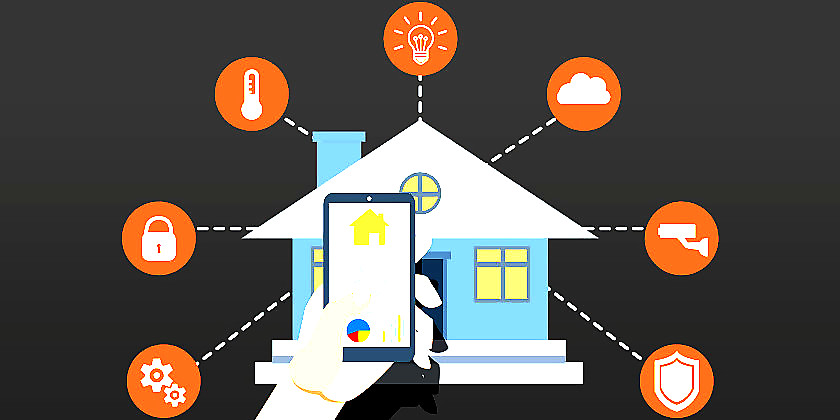Consumer electronics
The term 'consumer electronics' is generically used to describe electronic equipment, be it analog or digital, that is designed for and aimed at use in private homes or offices.
Consumer electronics are often used to provide entertainment or to facilitate home office activities, through devices such as televisions, radios, video games consoles, DVD or Blu Ray players, laptop computers, tablets and printers, among others.
In recent times, many consumer electronic products have become reliant on digital technologies and in some cases have merged with equipment from the computer industry – particularly with regards to the ability to connect to the Internet, in what is increasingly being marketed as ‘smart home’ technology.
Consumer electronics often include other items such as appliances for cooking, food preparation, laundry and cleaning, again in some instances with the ability to connect to the Internet. ‘White goods’ is still a term used to differentiate these larger household appliances, although invariably they rely on electronics and are aimed at the domestic consumer market.
--ECA
[edit] Related articles on Designing Buildings
- Appliance.
- Competition and the independent electric wholesalers.
- Conductor.
- Consumer units.
- ECA articles.
- Electric motor.
- Electrical appliance.
- Electrical component.
- Electrical consumption.
- Electrical energy.
- Electrical equipment.
- Electrical installation.
- Electrical power.
- Electrical safety.
- Electrician.
- Electricity supply.
- Fuse.
- Glossary of electrical terms.
- Grommet.
- Internet of things.
- Smart building.
- Smart home.
- Trailing socket.
Featured articles and news
The history of building regulations
A story of belated action in response to crisis.
Moisture, fire safety and emerging trends in living walls
How wet is your wall?
Current policy explained and newly published consultation by the UK and Welsh Governments.
British architecture 1919–39. Book review.
Conservation of listed prefabs in Moseley.
Energy industry calls for urgent reform.
Heritage staff wellbeing at work survey.
A five minute introduction.
50th Golden anniversary ECA Edmundson apprentice award
Showcasing the very best electrotechnical and engineering services for half a century.
Welsh government consults on HRBs and reg changes
Seeking feedback on a new regulatory regime and a broad range of issues.
CIOB Client Guide (2nd edition) March 2025
Free download covering statutory dutyholder roles under the Building Safety Act and much more.
AI and automation in 3D modelling and spatial design
Can almost half of design development tasks be automated?
Minister quizzed, as responsibility transfers to MHCLG and BSR publishes new building control guidance.
UK environmental regulations reform 2025
Amid wider new approaches to ensure regulators and regulation support growth.
The maintenance challenge of tenements.
BSRIA Statutory Compliance Inspection Checklist
BG80/2025 now significantly updated to include requirements related to important changes in legislation.
























